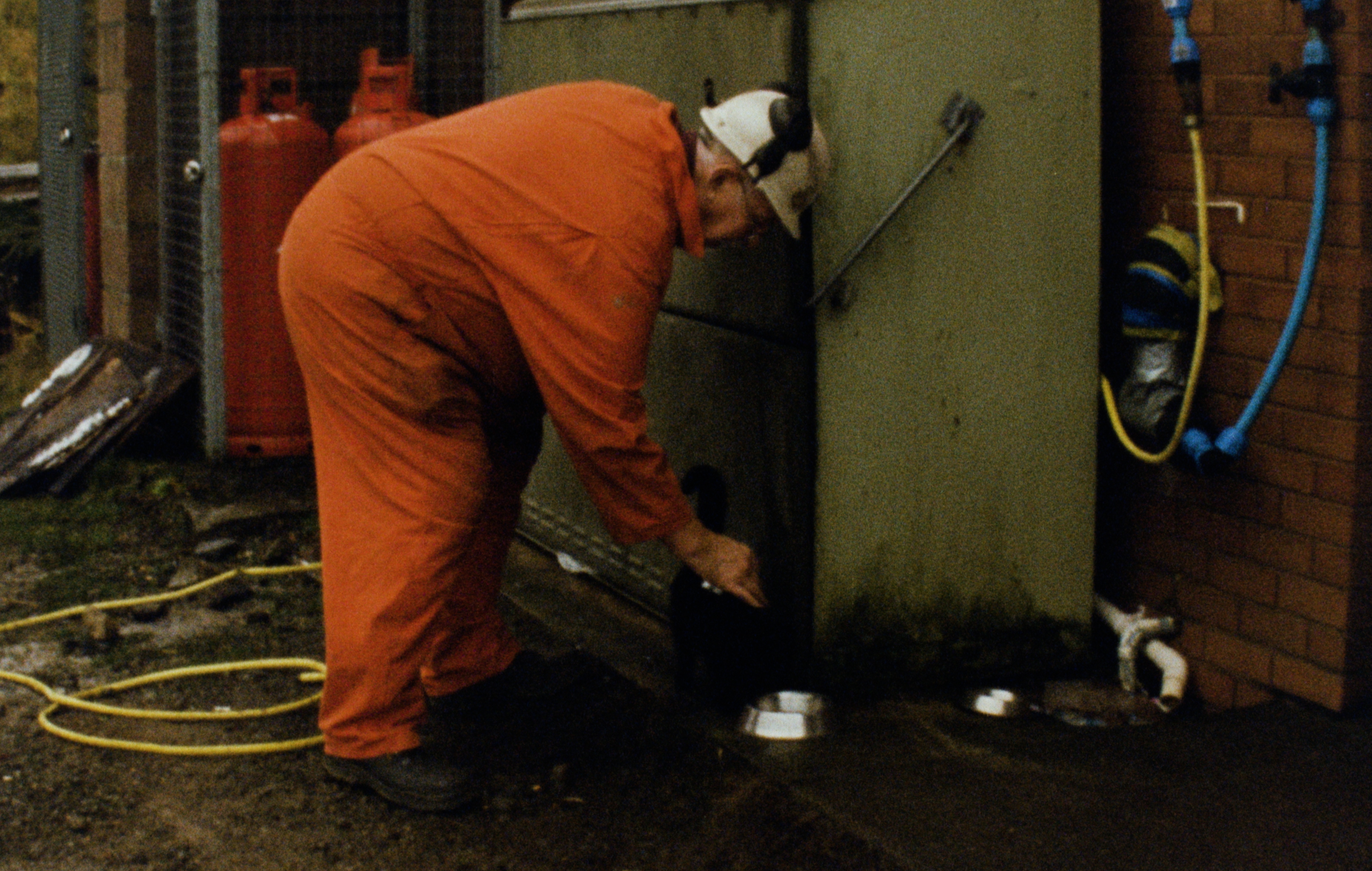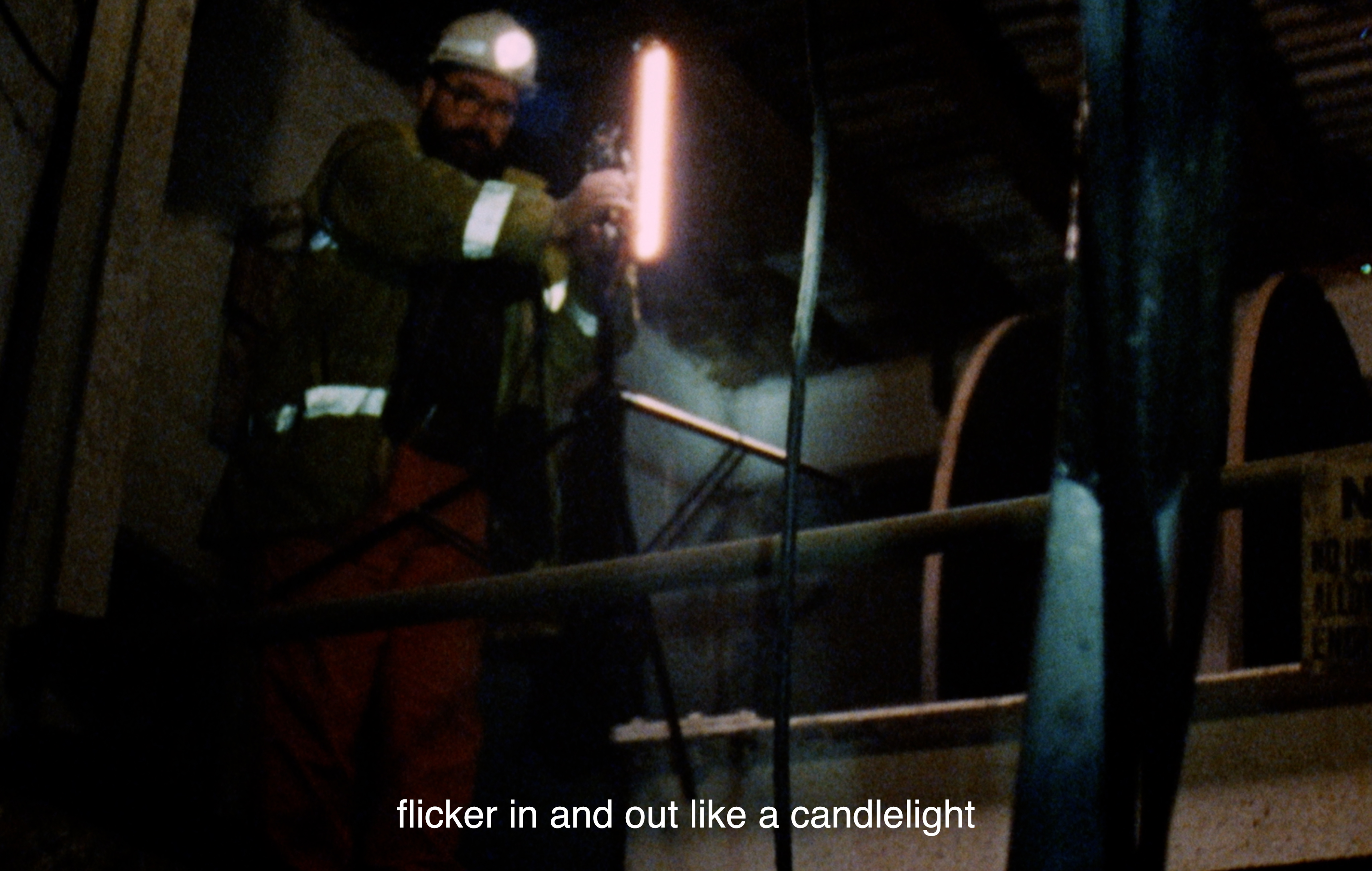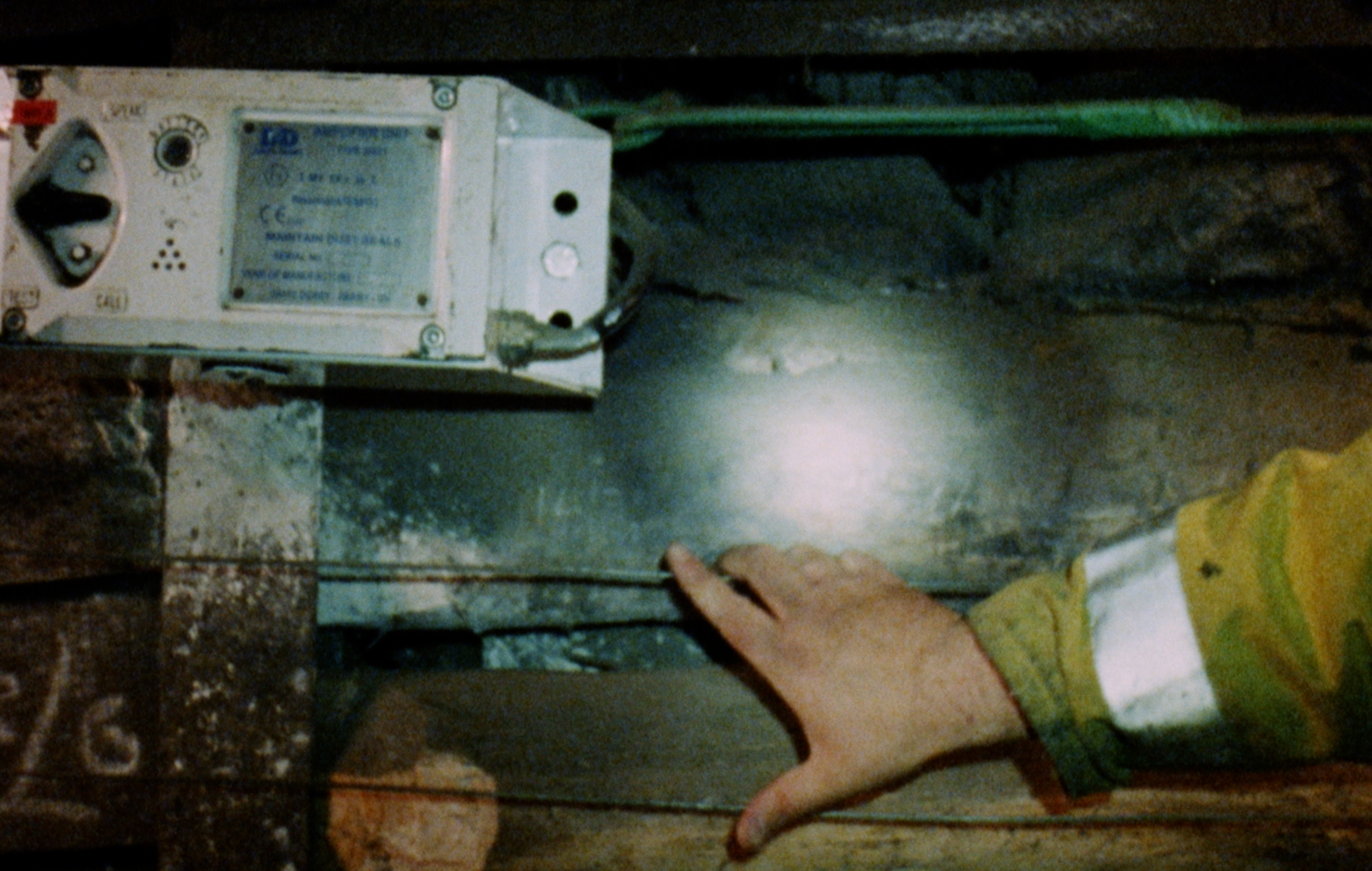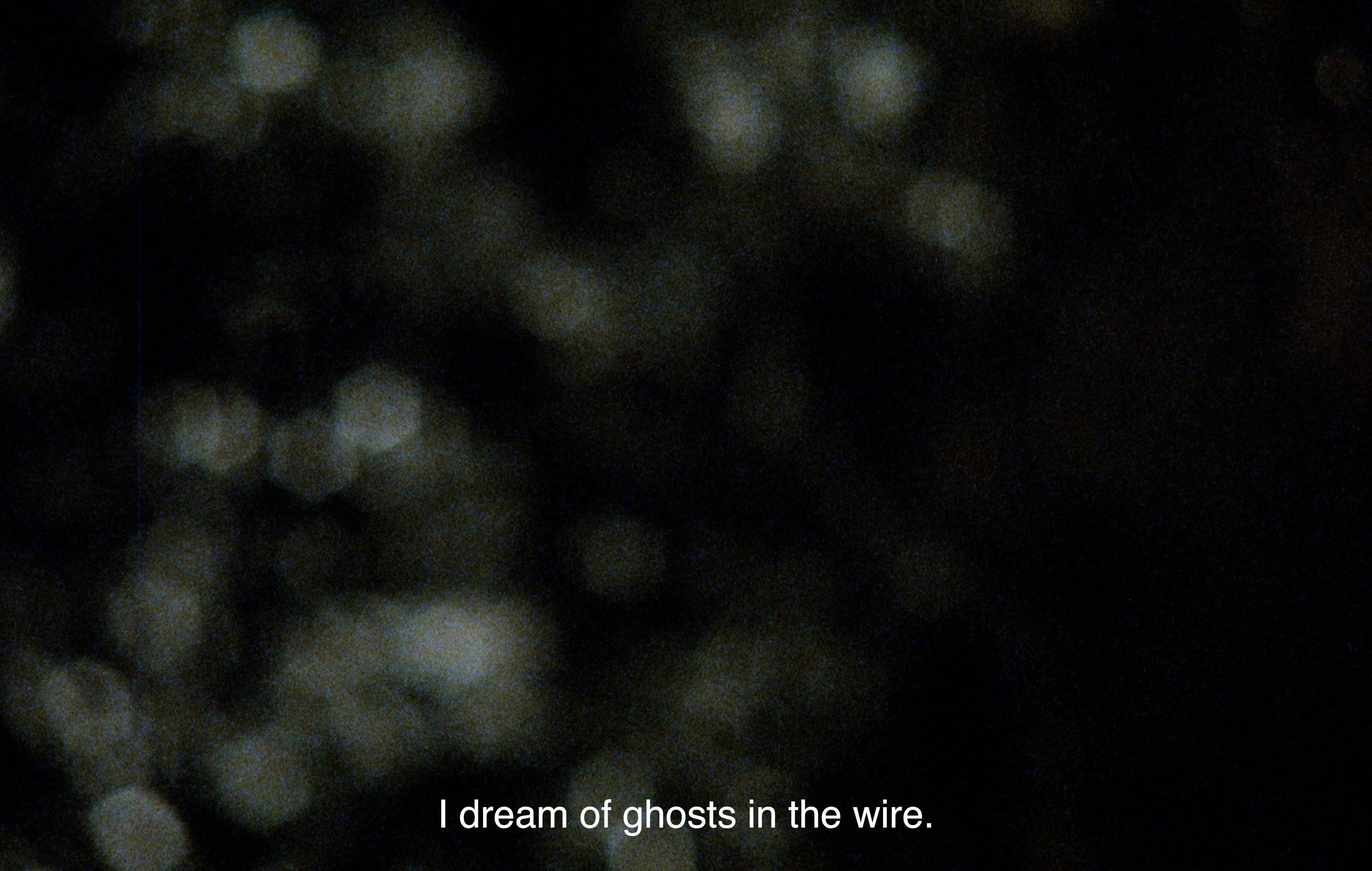SIGNALS
2025. super 16mm and archival super 8mm film (8min) 1.6:1 with light installation, pewter sculpture, aluminium cast sculpture
solo show.
The Big Pit National Coal Mining Museum, Blaenavon
31 May - 31 August
Through considering the collection, conversations and community of the museum with an anti-colonial, anti-capitalist and ecological lens, Sadia forms connections between Wales’ history of mining and strike, and resource extraction and labour movements worldwide today.
Sadia Pineda’s Hameed research began with an exploration of the legacy of tokens and other symbolic, covert strategies of resistance from the history of Welsh mining strikes; and how these can become symbols of international solidarity for mining strikes today. As the Welsh miners’ strikes and UK wide union action in the 1980s sought to fight for workers’ rights, the protection of land, culture and community, as well as complicate capitalist, expedient reinvestment from coal to rare earth metals - how could Wales’ history of mobilising and resistance be in solidarity with resistance today in the global south such as in the DRC, the Philippines, the South American ‘lithium triangle’ and others? How can the Big Pit National Coal Museum and its collection become a symbol or token in itself of international, anti-capitalist and anti-colonial solidarity?
Moving Sound (8min) is a speculative work set across 1980s and near-future Wales, shot on super 16mm. In the film, sounds of present day anti-colonial and anti-capitalist strategies for mining strikes are transmitted from Soundcamp streamboxes to the past via an underground, time travelling broadcast. In the 1980s, workers build DIY receivers from Moving Sound portable audio devices, which they use to distribute the broadcast around sites of production and the everyday. Screened in the King Coal Experience (an immersive recreation of the Big Pit underground mine) amidst disused mining machinery, Moving Sound blurs fictional 16mm and archival 8mm footage from Sam Baraitser Smith into covert sonic action to explore how organising converges and enacts across geographies, temporality, fantasy and reality.
Long Distance Calls is a series of sculptural string telephones in the style of commemorative silverware, with each pair joining the shared resistance of mining strikes in Wales and in the Global South. Inspired by Big Pit’s bell system - used by miners to communicate underground in code by touching two metal wires together - Long Distance Calls are votive talismans for organised, underground, quiet signals of international solidarity, that consider how commemoration can function to not only memorialise, but also incite collectivise resistance against colonial and capitalist resource extraction. The strikes referenced are the Tonypandy Riots (1911), the General Strike (1926), the Miners’ Strike (1984-85), the Brooke’s Point Barricade (2023), the Jujuy Protests (2023) and the Kinshasa Riots (2025).
Tokens of Solidarity were designed and cast as part of a series of workshops with invited artists from Wales and the UK. The workshops were an invitation to speculate on how an object can hold alternative, potential and future value in its symbolism and materiality; and took inspiration from Big Pit’s collection of lamp checks, solidarity and union badges, mining scrip, Welsh socialist Robert Owen’s labour vouchers and the Filipino agimat (protection amulet). They are cast in aluminium, in recognition of the land, people and striking workers being harmed and extracted from by colonial bauxite mining worldwide today.
Thanks to Sophie Lindsey, Sioned Williams, Ceri Thompson, Dwaine Smith, Len Howell, Dai Powell, Charlie Upton, Matt Pritchard, Samara Addai, Angelina Radaković, Mort Drew, On8mil, Firebug Lighting, not/nowhere, Llantarnam Grange, Soundcamp and The Mosaic Rooms.
Signals is part of Perspective(s), a collaboration between Arts Council Wales and Amgueddfa Cymru - National Museum Wales, supported by the Welsh Government.
Images: Dan Weill
















